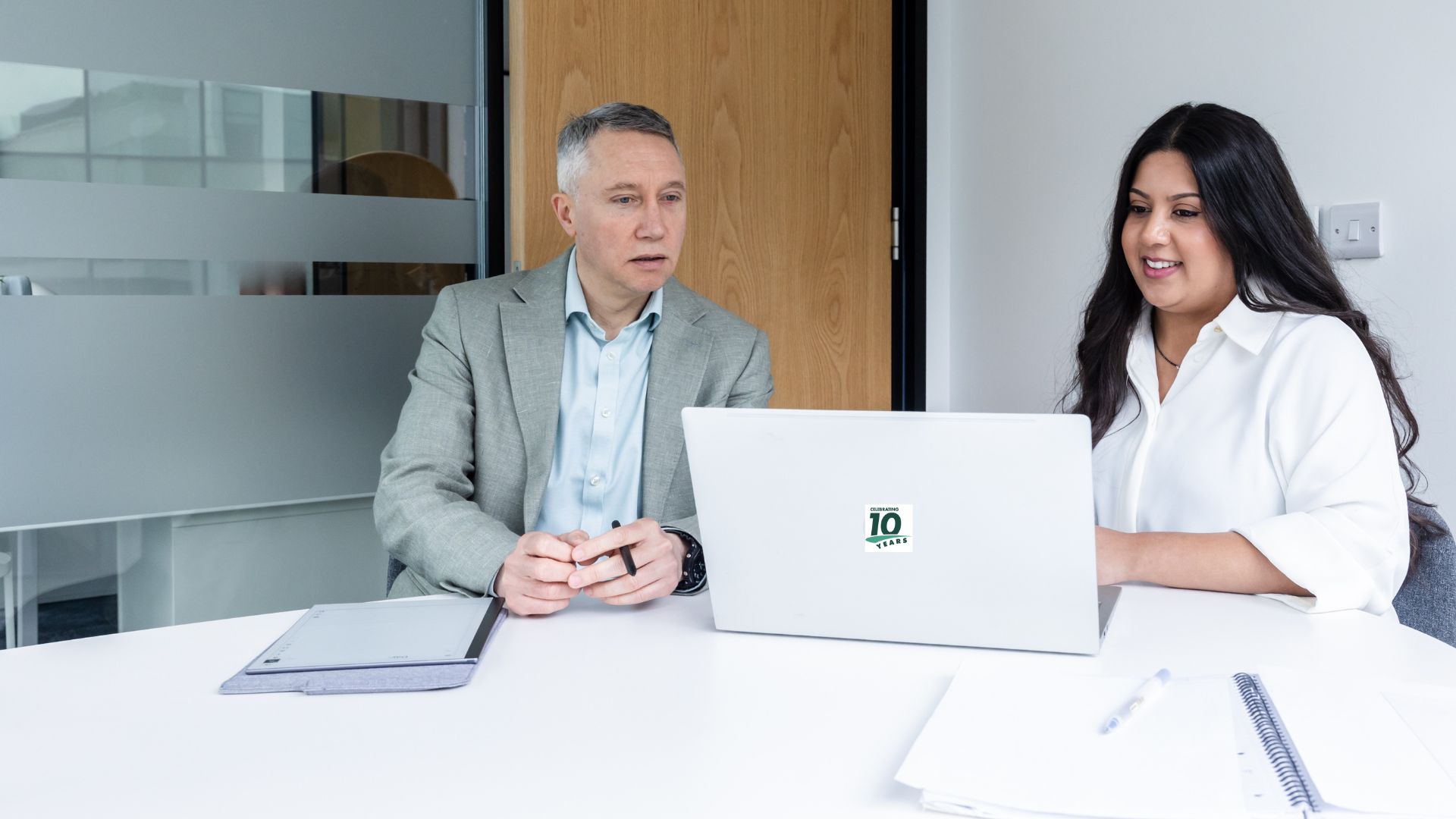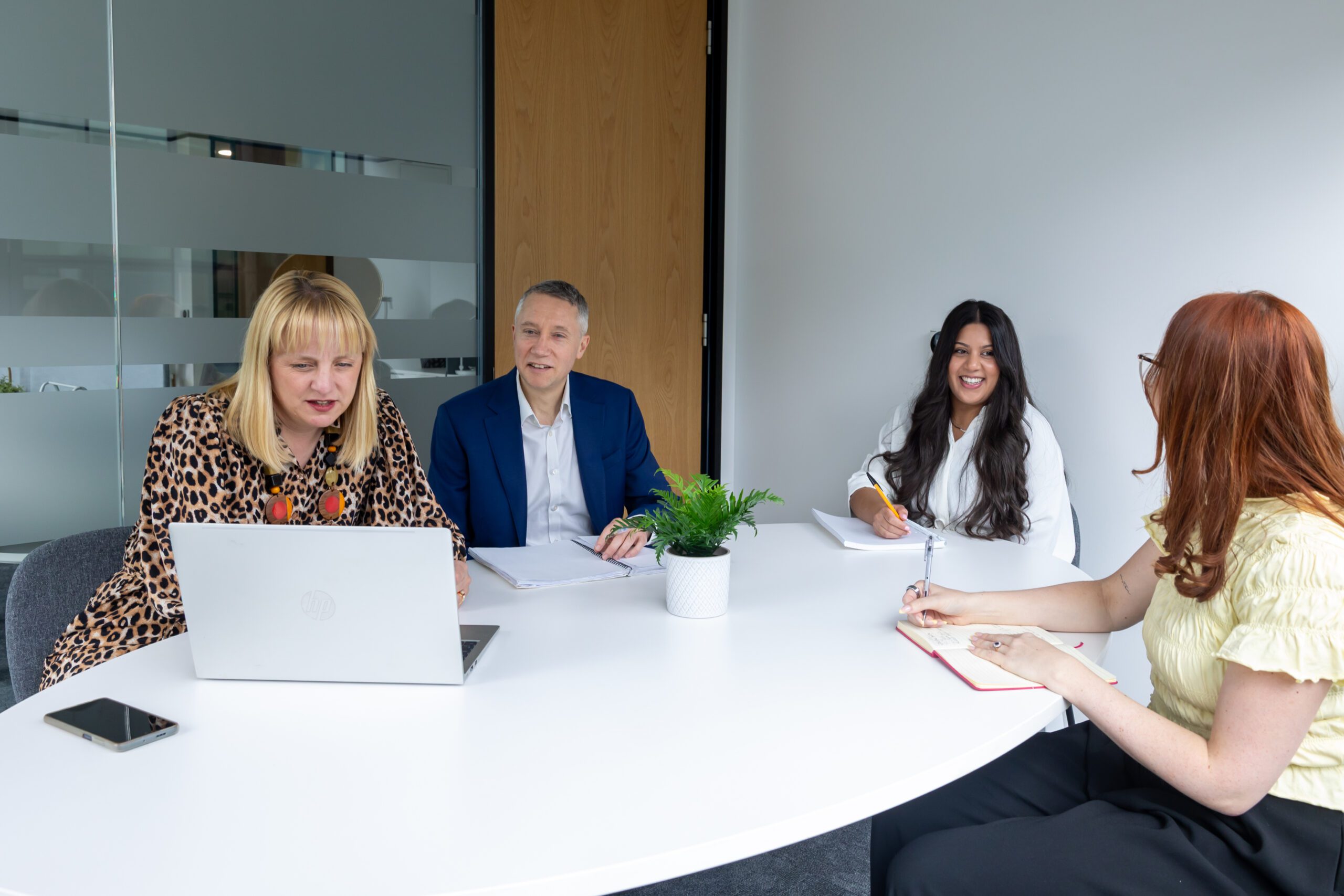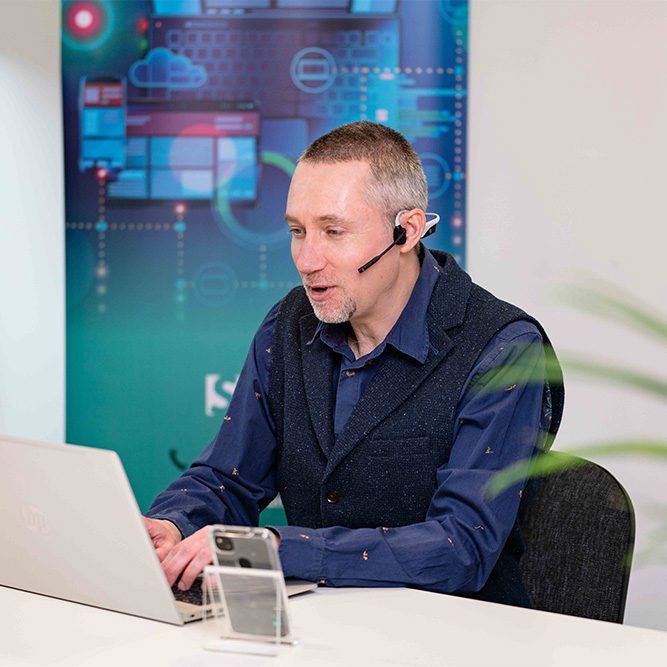What Great Financial Models Have in Common, and Why Collaboration Beats Complexity
When most business owners hear the word forecast, they picture a spreadsheet, rows, columns, maybe a few colourful charts. But in my ten years running Specialist Accounting Solutions, I’ve learned that the quality of a forecast depends less on its formulas and more on the conversations behind it.
Financial models are only as good as the assumptions they’re built on, and those assumptions come from people. Sales teams, operations managers, directors, accountants, all bring a piece of the picture. A spreadsheet might calculate the numbers, but it’s the dialogue that gives them meaning.
The Purpose of Forecasting Has Evolved
Ten years ago, most SMEs approached forecasting as a compliance exercise: the thing you did once a year for the bank or the board. Today, it’s become a living management tool, central to decision-making in businesses of every size.
Why the shift?
- A more complicated trading environment, moving ever faster. Pricing, labour costs, and customer habits can change in weeks, not years.
- Cashflow is tighter. With economic uncertainty, few businesses can afford surprises.
- Technology makes it easier. Cloud accounting, dashboards, and live data feeds have made forecasting more accessible and dynamic.
Yet despite the tools, many forecasts still fail to deliver insight. They might look impressive, but they don’t help drive better Management decisions. That’s the real test of a good model: Does it help the business think more clearly?
What Great Financial Models Have in Common
After a decade of helping UK SMEs build, stress-test, and interpret financial models, I’ve noticed a few consistent traits among the ones that truly add value.
1. They start with purpose, not just data.
Before you build a model, you need to establish: What is purpose of the model?
Forecast for investment planning looks very different from one for cashflow management. Defining that purpose keeps the model focused and stops it from becoming an unwieldy “everything spreadsheet.”
2. They connect operations to outcomes.
Great models translate real-world drivers (sales calls, web traffic, production hours) into financial results.
For a SaaS business, that might mean linking customer wins and retention rates to monthly recurring revenue.
For an ecommerce brand, it might connect ad spend to stock turnover.
This link between activity and result turns the model into a management tool, not just an accounting one.
3. They balance simplicity with flexibility.
Complex models often break because only one person understands them. Simpler models, built on a few key assumptions, are easier to update, explain, and trust. A good rule of thumb: if your team can’t explain your forecast in a meeting, it’s too complicated.
4. They tell a story.
The best forecasts don’t just show numbers; they show scenarios. What happens if we grow 20% faster? What if we lose a key client? What if prices rise 10%? These “what-if” stories make finance relatable and help management teams plan with confidence.
Why Collaboration Beats Complexity
In too many businesses, forecasting is seen as the accountant’s domain. A spreadsheet gets built, assumptions are buried in formulas, and the rest of the leadership team might nod politely to avoid asking how it works, because they don’t understand the basis of it.
But real forecasting works when it’s a shared conversation.
At Team SAS, we encourage clients to involve multiple voices in the modelling process: finance, operations, sales, and leadership. That collaboration has three powerful effects:
- It surfaces assumptions early. Everyone sees where the numbers come from and can challenge them constructively.
- It builds ownership. When teams help shape the forecast, they’re more likely to take accountability for performance.
- It reduces surprises. Because everyone understands the moving parts, unexpected results lead to action, not blame.
Forecasting, at its best, is a way to align the whole business around a shared view of the future.
Turning Forecasts into Action
The real value of forecasting comes after it’s built, in how you use it. A living financial model should be reviewed regularly, updated with new data, and compared against actual results. This turns it from a plan into a feedback loop.
Here’s how we typically help clients embed that rhythm:
- Variance analysis highlights where reality diverges from assumptions.
- Quarterly forecast reviews allow the team to update scenarios and make strategic adjustments.
This structure keeps the conversation continuous, not just a once-a-year exercise.
The Human Side of Modelling
Numbers are objective, but forecasting is emotional. Optimism, caution, ambition, they all influence the assumptions people make. That’s why a good advisor doesn’t just build models; they facilitate discussions. They ask the awkward “what if” questions, challenge optimism bias, and help teams see risks as well as opportunities, which can then be reflected in the model.
That’s when forecasting stops being an accounting exercise and becomes a strategic conversation.
Final Thoughts
Forecasting is no longer about predicting the future perfectly, it’s about preparing for it intelligently.
The best financial models don’t try to be clever; they try to be useful. And the best forecasters don’t work in isolation; they bring people together to share perspectives and make better decisions.
So, the next time you open a spreadsheet, remember: your forecast is only as good as the conversations it creates.
If you would like to discuss this matter with an Accountant and Trusted Business Adviser get in touch with us. We are accountants for SMEs in SAAS, Ecommerce and Professional Services and offer a range of financial outsourcing services and virtual CFO services. For a free no obligation consultation email info@teamsas.co.uk or call 0118 911 3777.
Disclaimer: The information contained in this website is for general information purposes only. The information is provided by Specialist Accounting Solutions Ltd and while we endeavour to keep the information up to date and correct, we make no representations or warranties of any kind, express or implied, about the completeness, accuracy, reliability, suitability or availability with respect to the website or the information on the website for any purpose. Any reliance you place on such information is therefore strictly at your own risk.



